Category: Features
-
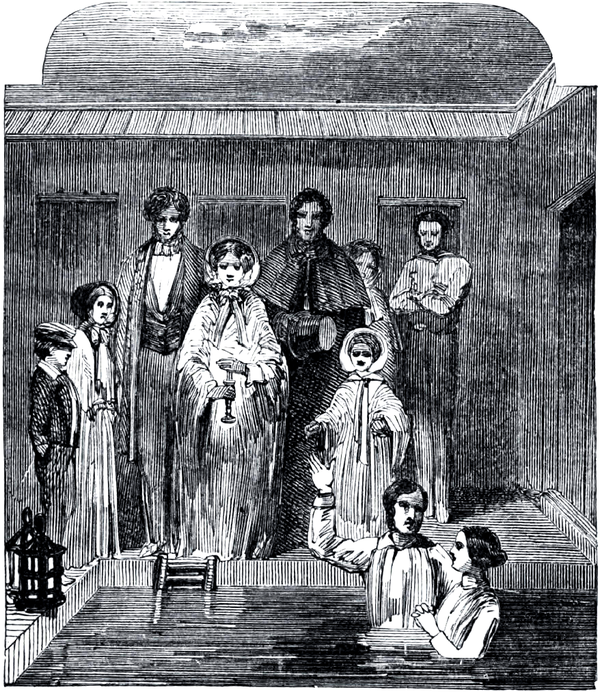
Rebaptism in the Church
One of the interesting aspects of how members of The Church of Jesus Christ of Latter-day Saints approaches the sacrament of the Lord’s Supper is that it is seen as a renewal of covenants. What may not be as widely known is that the idea of renewing covenants may have originally emerged in the Church…
-
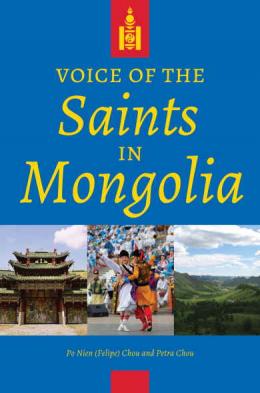
Voice of the Saints in Mongolia
Voice of the Saints in Mongolia by Po Nien (Felipe) Chou and Petra Chou is an informative account of the establishment and growth of The Church of Jesus Christ of Latter-day Saints in Mongolia. As the first comprehensive history of the Church in Mongolia, the book breaks historical ground and provides valuable insights into the…
-
W. Paul Reeve on Race and the Priesthood
The race-based priesthood and temple ban that the Church of Jesus Christ of Latter-day Saints had in place from the 1850s until 1978 is a heavy, but important subject to study. I’ve shared a review about W. Paul Reeve’s recently-released Let’s Talk About Race and Priesthood where I stated that it was one of “the…
-
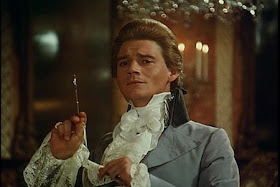
Sink Me, the Prophet’s a Poet
Joseph Smith rarely wrote poetry, but there are a couple notable exceptions.
-
Susa and Alma’s Divorce
In Saints, volume 2, one of the key players was Susa Young Gates. A prominent daughter of Brigham Young who went on to do a lot of notable activities herself, Susa is a relatively well-known figure in Latter-day Saint history. One aspect of her story that received attention in Saints was Susa Young Gates’ divorce with Alma Dunford.…
-
Ken Adkins and Belle Harris
Belle Harris‘s experience in prison is an interesting story from late nineteenth-century Latter-day Saint history. Part of why it’s fascinating is that she kept a record of her time while she was in prison. Recently, Church historian Ken Adkins talked about the Belle Harris prison journal at the Latter-day Saint history blog From the Desk,…
-
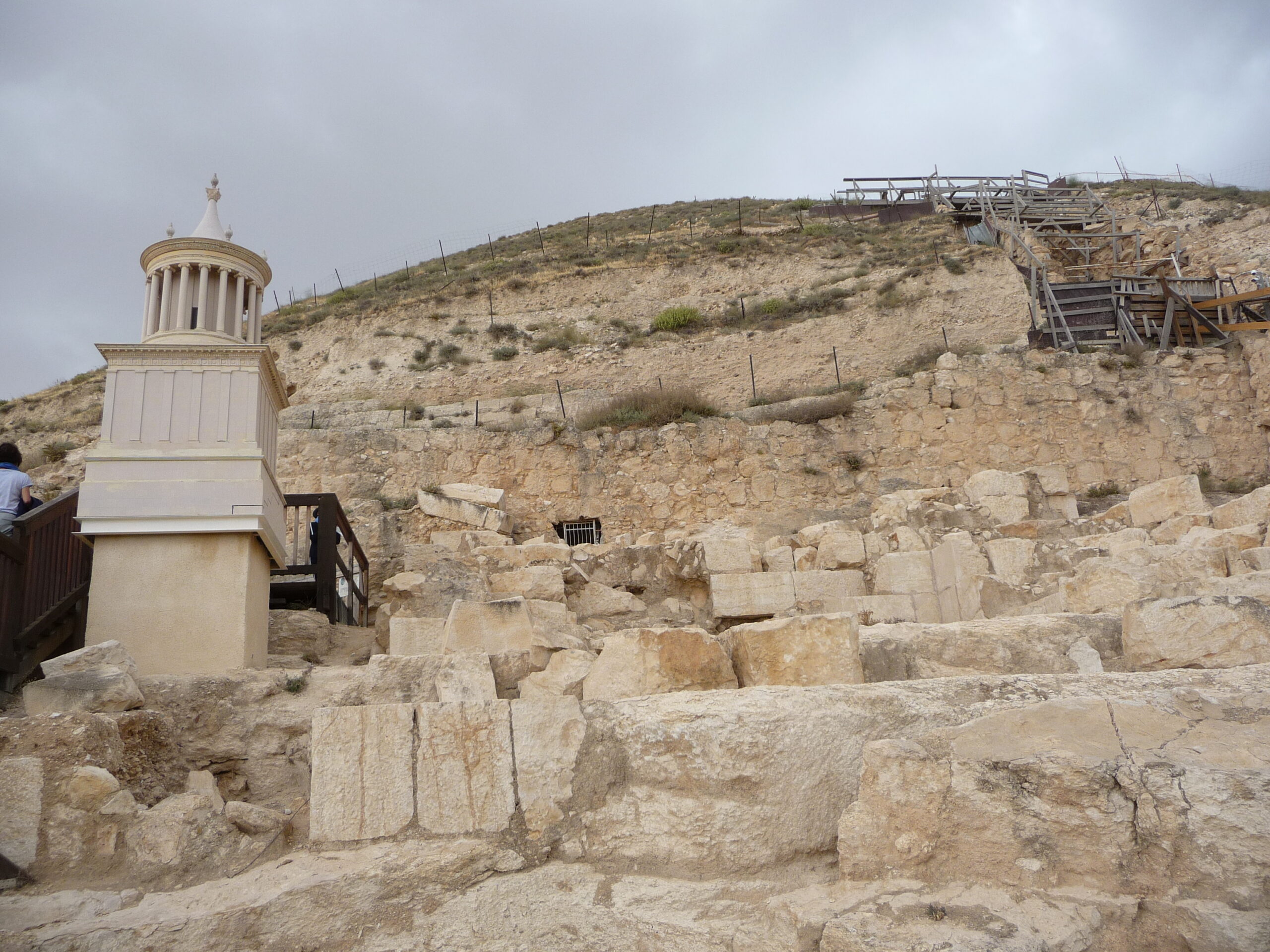
Herod the Great as the Messiah
A repeating theme in Second Temple Judaism is the expectation for a political messiah that would rule Judea. While Christians are aware of this primarily through the expectations that Jesus of Nazareth encountered during his ministry, there are many other people who tried to fulfill that role. Herod the Great may have been one of…
-
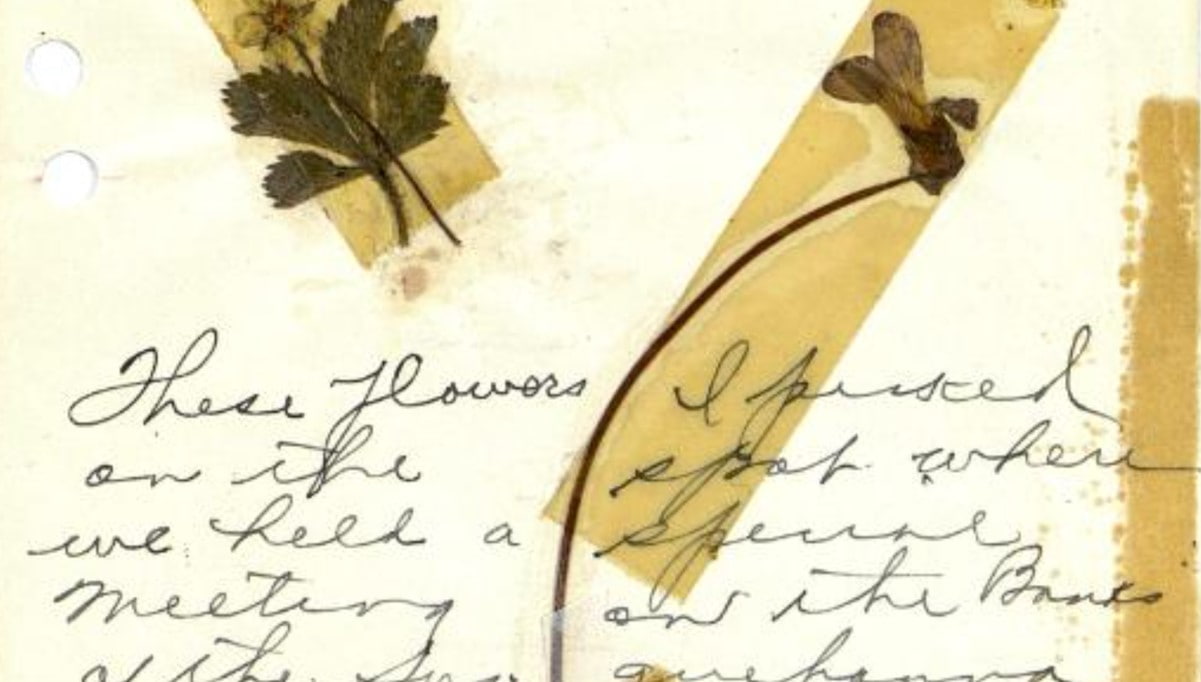
The Spencer W. Kimball Journals
President Spencer W. Kimball is well-known for encouraging members of the Church of Jesus Christ of Latter-day Saints to keep journals. He set an example of doing this, and produced a large journal that was recently made available through the Church History Library digital collections. Recently, Latter-day Saint archivists Jeffrey Anderson and Brandon Metcalf discuss…
-
Fully Divine and Fully Human
After the death of Jesus Christ, early Christians spent centuries grappling with understanding who he was. The early creeds developed largely as an effort to reach an official consensus on understanding Jesus’s divine and human natures. While The Church of Jesus Christ of Latter-day Saints is a restoration of the primitive church, early Christianity and…
-
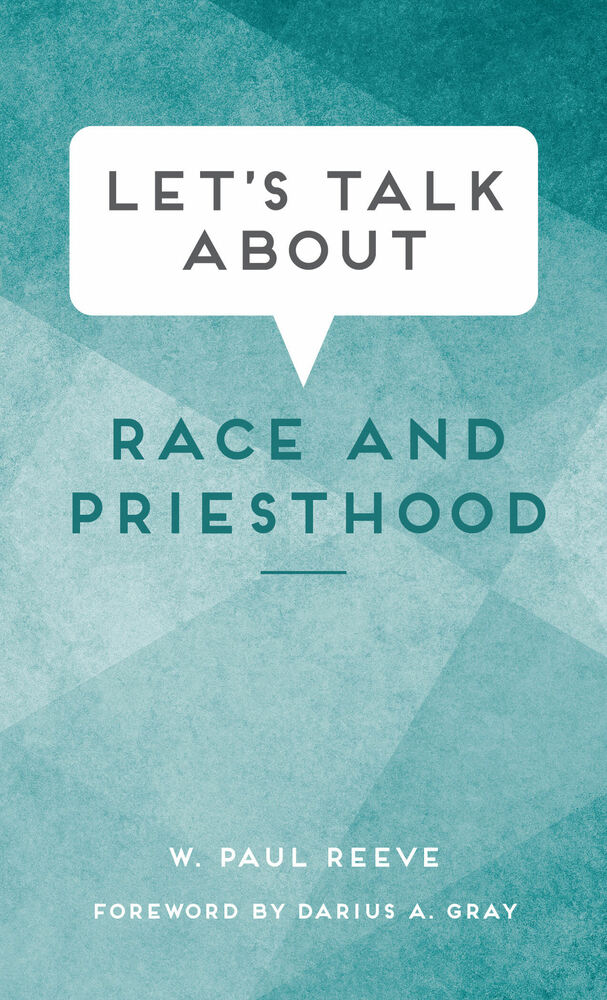
Let’s Talk About Race and Priesthood
Let’s Talk About Race and Priesthood by W. Paul Reeve is a thought-provoking and insightful book that explores some key aspects of the intersection of race and religion in the history of The Church of Jesus Christ of Latter-day Saints. To me, this volume is up there with Brittany Chapman Nash’s Let’s Talk About Polygamy…
-
Who was Mary Magdalene?
Mary Magdalene is a well-known figure in the New Testament whose life has been the subject of speculation and storytelling for much of Christian History. One of the more recent instances of this is The Chosen. In a recent interview at the Latter-day Saint history blog, From the Desk, Bruce Chilton discussed Mary Magdalene, offering…
-
Carol Madsen on Emmeline B. Wells
Emmeline B. Wells is a powerful figure in Latter-day Saint history. In a recent interview at the Latter-day Saint history blog From the Desk, Carol Cornwall Madsen discussed some of why that is so. What follows here is a copost to the interview (a shorter post with some excerpts and discussion). To set the stage,…
-
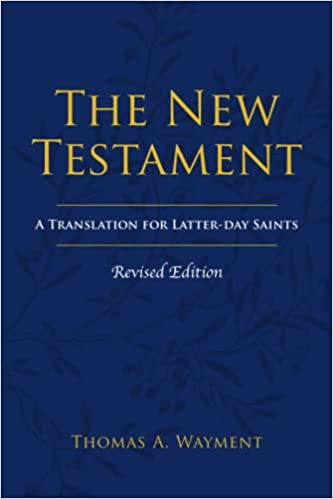
The New Testament: A Translation for Latter-day Saints, Revised Edition
Thomas Wayment’s The New Testament: A Translation for Latter-day Saints, Revised Edition is an exceptional resource for anyone, and particularly a Latter-day Saint, interested in studying the New Testament from a fresh and modern perspective through its clear and readable translation, insightful commentary, and expanded introductory material. One of the standout features of this book…
-
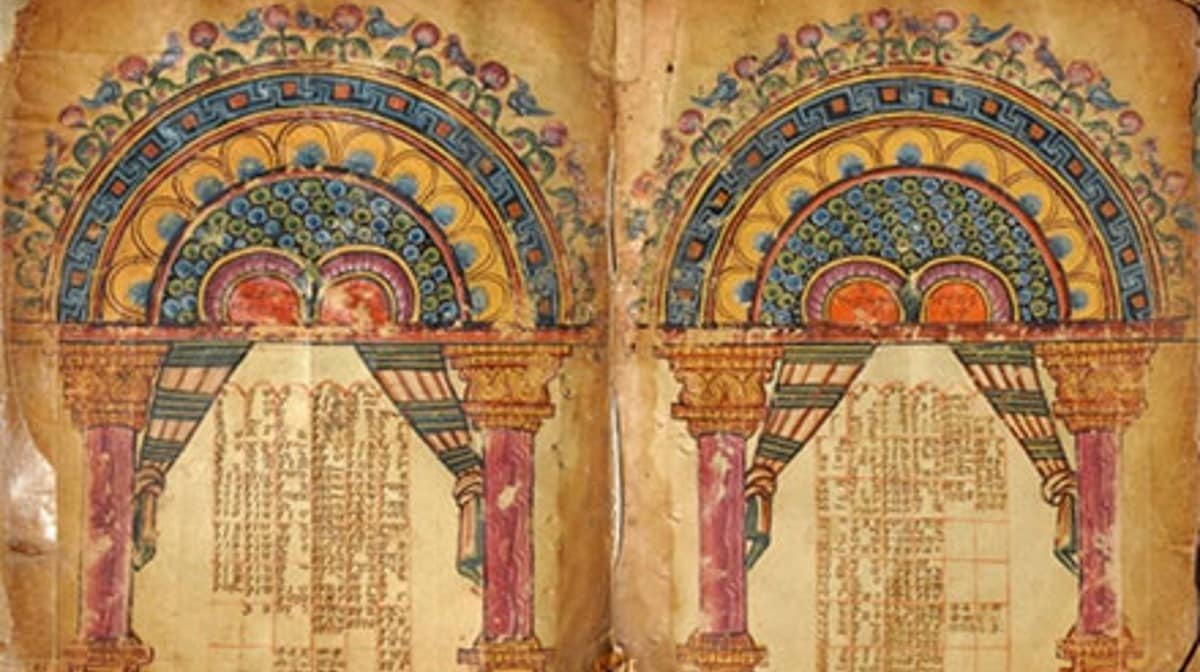
Thomas Wayment on New Testament Canonization
An interesting point made by the late Eastern Orthodox bishop Kallistos Ware is that the books that were selected to be contained in the Bible are a tradition that developed within and passed on by the Proto-Orthodox Church. The process by which that tradition solidified into official canon was a gradual (and messy) one. In…
-
Patriarchal Blessings as Revelations and Catalysts of Revelation
Patriarchal blessings have been an ongoing part of the Latter-day Saint tradition from very early on. As something that many Latter-day Saints experience, it’s an area that many people have questions. In a recent interview at the Latter-day Saint history and theology blog From the Desk, Latter-day Saint historian Keith Erekson discussed some of the…
-
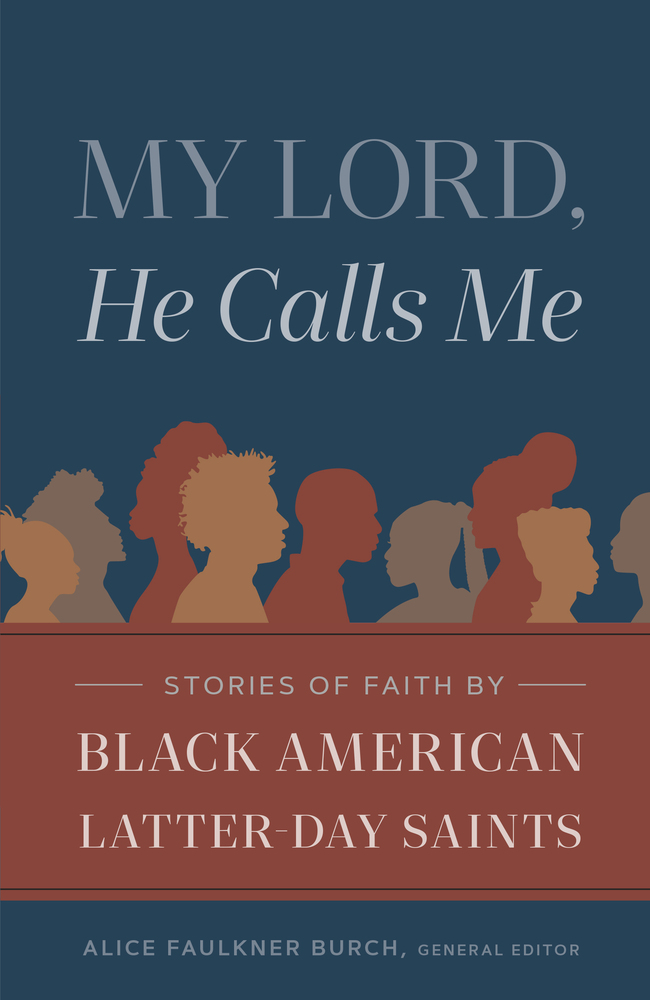
My Lord, He Calls Me
To say that My Lord, He Calls Me: Stories of Faith by Black American Latter-day Saints, ed. Alice Faulkner Burch (Salt Lake City: Deseret Book Company, 2022) is an important collection would be an understatement. While small (clocking in at 225 pages), the volume contains around 35 chapters written by Black American Latter-day Saints, including…
-
The Ordeal of Dr. John Milton Bernhisel
I’ve talked before about how if we knew and experienced the early history of the Church of Jesus Christ of Latter-day Saints for ourselves, we might be surprised by who were the most influential members in shaping the developing Church. Dr. John Milton Bernhisel is another of those individuals who had a surprisingly large impact…
-
A Female Journal of Discourses
“Some called her the poetess, the presidentess, and the priestess.” This description of Eliza R. Snow and her titles was shared by Jenny Reeder in a recent interview at the Latter-day Saint history blog From the Desk about the Eliza R. Snow discourses that have been published by the Church Historian’s Press. What follows here…
-
Robert Alter’s Translation of the Hebrew Bible
I’ve always wondered how well the talks of different general authorities translate to other languages. For example, I can imagine that a lot of the alliteration that a few apostles adopt in their addresses doesn’t carry over. And I know from my work on translating Spanish hymns that translating between languages is an inexact science…
-
Voices of the Wives of Joseph Smith
Plural marriage in Nauvoo continues to be one of the thorniest issues when discussing the life and legacy of Joseph Smith. One of the major works that helped shed greater light on the roots of plural marriage and the women who practice it with the Prophet is Todd Compton’s book, In Sacred Loneliness, published in…
-
The Emmeline B. Wells Diaries
Emmeline B. Wells is a crucial figure in the history of the Church of Jesus Christ of Latter-day Saints. She was a leader in the Church as a Relief Society president, an advocate for women’s suffrage, a noted periodical editor, an early settler in Utah, etc. In a recent interview at the Latter-day Saint history…
-
Zion and 19th Century Cross-cultural Missionary Work
How does a faith that claims global reach while being rooted in a specific Anglo-American context in the 19th century interact with cultures that are different from the Anglo-American culture of their time? Further, how did they approach that issue while also being a pariah among the general Anglo-American culture? These are some of the…
-
When Was Jesus Born?
When was Jesus born? While not consequential to our salvation or daily choices, it’s an interesting question to explore. In a recent interview at the Latter-day Saint history blog From the Desk, Jeffrey R. Chadwick discussed his research into the question: When was Jesus actually born? What follows here is a co-post to that discussion…
-
Documents and a House Full of Females
Primary sources like journals and diaries are the backbone of a lot of historic research. In a recent interview with Laurel Thatcher Ulrich over at the Latter-day Saint history blog From the Desk, Ulrich discussed some of the documents she used and how she used them while writing A House Full of Females: Plural Marriage and…
-
Imperial Zions
Latter-day Saints in the 19th century existed at a paradoxical intersection of American history. When they fled to Alta California to settle the Great Basin, they were refugees fleeing from the United States. Defiantly practicing plural marriage in the face of federal laws that opposed the principle, they came to face a heavy-handed effort by…
-
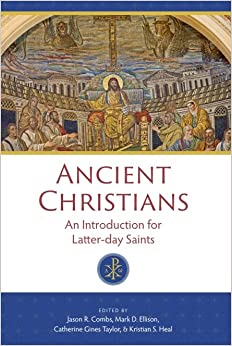
Ancient Christians: An Introduction for Latter-day Saints
The Maxwell Institute at BYU recently published Ancient Christians: An Introduction for Latter-day Saints, and it is a fantastic journey into early Christianity geared specifically to Latter-day Saints. Through a collection of 14 essays dealing with topics ranging from praxis and worship to scripture and theology, the key elements of Christianity during its first several…
-
Susa Young Gates and Joseph F. Smith’s Vision
The vision that we have printed as Section 138 was received by Joseph F. Smith in the last few months of his life. Among the very first people he asked to have review the document was none other than his friend, Susa Young Gates. In one of the excellent essays presented in the Revelations in Context book,…
-
Clare Middlemiss and David O. McKay
In a church hierarchy made up of humans, it is possible for people who we don’t usually think about to have power and influence in ways that aren’t immediately obvious. During the David O. McKay administration, his personal secretary (Clare Middlemiss) was one such person who has not commonly been discussed, but who had an…
-
Latter-day Listicles
The Latter-day Saint history blog From the Desk is approaching its 5-year anniversary. With those 5 years of content in mind, they have gathered snippets of information from their interviews into compilations, one each featuring the Book of Mormon, Joseph Smith, Jr., and Brigham Young. They’re pretty fun and interesting to peruse to see what has been…
-
Latter-day Saint Book Report on “Sex Cult Nun: Breaking Away from the Children of God, a Wild, Radical Religious Cult.”
One of the accusations you occasionally get from the far corners of the internet is that the early Church was a “sex cult” because of Nauvoo-era polygamy. That accusation, of course, begs the question of what a sex cult is. While I categorically don’t like to use the word “cult,” (for, among other reasons, implying…
